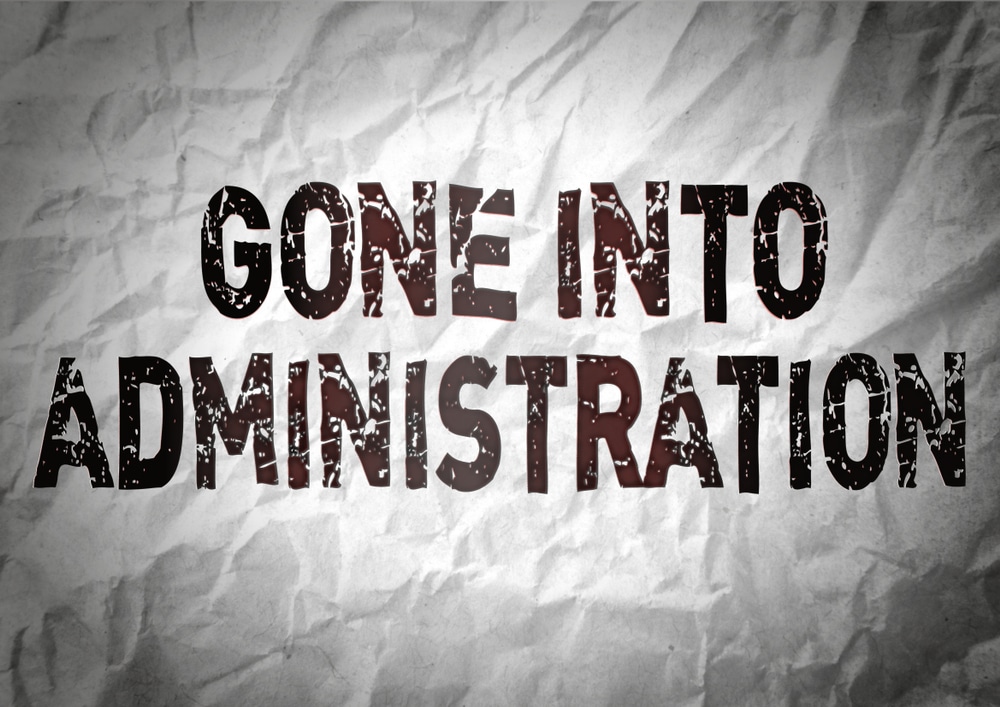Insights right into Company Administration: What Occurs to Employees When a Company Goes into Liquidation?
Insights right into Company Administration: What Occurs to Employees When a Company Goes into Liquidation?
Blog Article
The Process and Consequences of a Company Getting Into Administration
As a company deals with economic distress, the choice to go into administration marks an essential point that can have far-reaching effects for all included celebrations. The process of going into management is elaborate, entailing a series of actions that aim to navigate the company in the direction of potential healing or, in some cases, liquidation.
Introduction of Company Management Process
In the world of corporate restructuring, a crucial preliminary action is gaining a comprehensive understanding of the complex firm administration process. Firm administration refers to the official insolvency procedure that intends to save an economically troubled business or attain a better result for the business's financial institutions than would be feasible in a liquidation scenario. This process includes the consultation of a manager, who takes control of the company from its supervisors to evaluate the financial circumstance and figure out the best strategy.
Throughout management, the company is given security from lawsuit by its creditors, offering a postponement duration to create a restructuring strategy. The manager works with the company's administration, lenders, and various other stakeholders to create an approach that might involve offering the service as a going problem, getting to a firm volunteer setup (CVA) with creditors, or ultimately placing the company into liquidation if rescue efforts confirm useless. The main goal of company administration is to make the most of the return to creditors while either returning the firm to solvency or closing it down in an organized fashion.

Functions and Responsibilities of Manager
Playing an essential function in overseeing the firm's monetary affairs and decision-making procedures, the manager assumes considerable duties throughout the business restructuring procedure. The main duty of the manager is to act in the very best passions of the company's financial institutions, aiming to achieve one of the most favorable outcome feasible - company administration uk. This includes performing an extensive assessment of the business's monetary scenario, developing a restructuring strategy, and implementing methods to take full advantage of go back to creditors
In addition, the administrator is responsible for liaising with numerous stakeholders, including staff members, distributors, and regulative bodies, to make certain transparency and compliance throughout the management procedure. They must likewise connect efficiently with investors, giving regular updates on the company's development and seeking their input when required.
In addition, the manager plays an important function in taking care of the everyday operations of business, making vital decisions to maintain continuity and protect value. This includes evaluating the feasibility of different restructuring choices, negotiating with financial institutions, and inevitably directing the business towards an effective exit from management.
Influence On Business Stakeholders
Thinking a crucial position in looking after the company's decision-making processes and monetary affairs, the administrator's activities during the company restructuring process have a straight impact on various firm stakeholders. Customers may experience disturbances in solutions or product schedule throughout the management process, affecting their depend on and commitment in the direction of the firm. Additionally, the area where the business runs could be influenced by prospective job losses or adjustments in the firm's operations, affecting regional economies.
Lawful Effects and Commitments
Throughout the procedure of firm management, careful factor to consider of the legal effects and obligations is extremely important to make certain compliance and safeguard the passions of all stakeholders included. When a company goes into administration, it activates a collection of legal demands that should be adhered to.
In addition, legal implications occur concerning the treatment of workers. The administrator must comply with employment regulations concerning redundancies, worker civil liberties, and obligations to supply needed details to employee representatives. Failure to abide by these legal requirements can lead to lawsuit versus the business or its administrators.
Additionally, the firm getting in administration may have legal responsibilities with numerous events, consisting of proprietors, customers, and vendors. These agreements require to be reviewed to identify the very best program of activity, whether to terminate, renegotiate, or meet them. Failing to manage these legal obligations appropriately can bring about conflicts and possible lawful consequences. Fundamentally, understanding and fulfilling lawful commitments are important facets of navigating a business via the management procedure.
Methods for Business Healing or Liquidation
In taking into consideration the future instructions of a firm in administration, calculated planning for either recovery or liquidation is necessary to chart a sensible course forward. When going for company healing, key methods may include carrying out a thorough analysis of business procedures to determine inadequacies, renegotiating contracts or leases to improve capital, and executing cost-cutting steps to boost success. Additionally, looking for new investment or financing options, diversifying revenue streams, and focusing on core competencies can all add to an effective recuperation strategy.

Final Thought
In final thought, the procedure of a firm entering administration includes the consultation of an administrator, that handles the responsibilities of handling the firm's events. This process can have substantial repercussions for numerous stakeholders, including workers, shareholders, and creditors. It is very important for firms to thoroughly consider their options and approaches for either recouping from financial difficulties or continuing with liquidation in order to minimize possible legal effects and obligations.
Firm management refers to the formal insolvency procedure that intends to rescue an economically troubled company or achieve a much better outcome for the business's lenders than would be possible in a liquidation situation. The administrator works with the company's administration, creditors, and other stakeholders to devise a technique that may involve selling the company as a going concern, getting to a business volunteer plan (CVA) with lenders, or inevitably positioning the firm into liquidation if rescue efforts verify useless. The key objective of company administration is to optimize the return to creditors while either returning the business to visit this site right here solvency or shutting it down in an organized way.
Presuming an important position in supervising the firm's decision-making he has a good point processes and monetary affairs, the manager's activities throughout the corporate restructuring procedure have a direct impact on numerous company stakeholders.In verdict, the procedure of a company going into administration entails the visit of an administrator, who takes on the duties of managing the firm's events.
Report this page